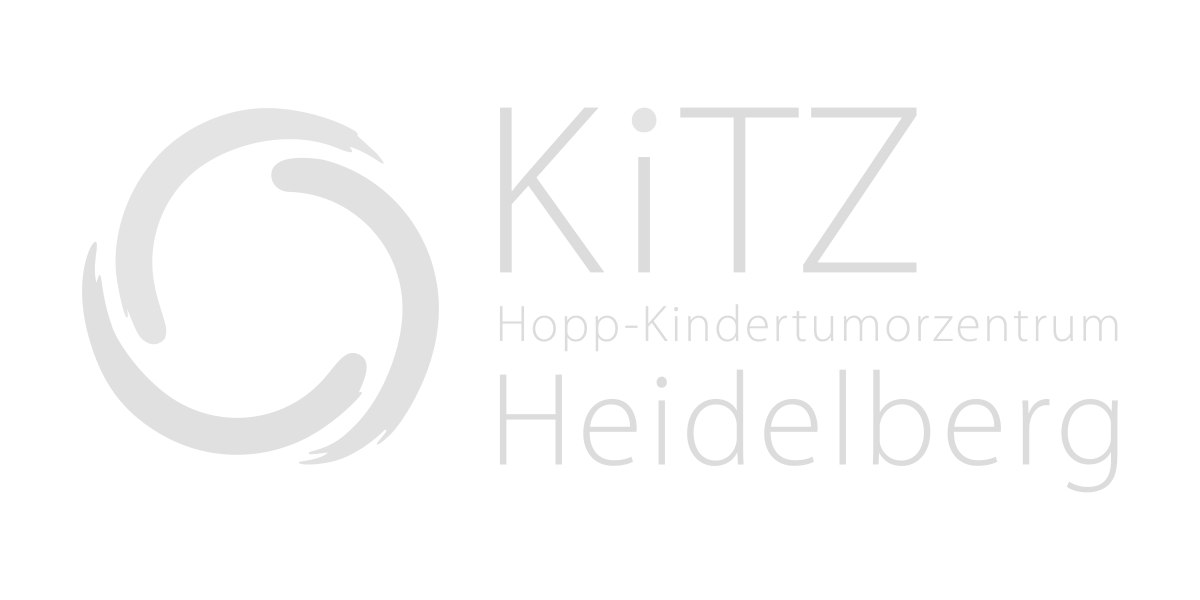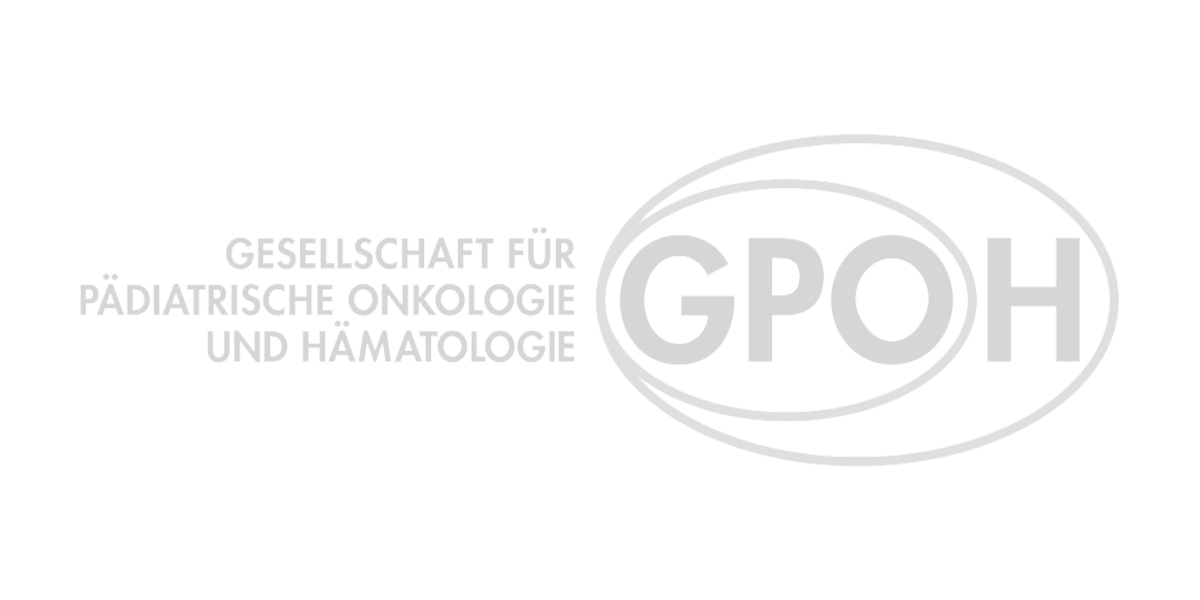"Bloom syndrome" – was ist das?
Das Bloom-Syndrom ist eine seltene erbliche Erkrankung, die mit einem erhöhten Krebsrisiko einhergeht. Auffallendstes Merkmal ist ein Wachstumsrückstand, der bereits im Mutterleib beginnen und über das Säuglings- und Kindesalter bis in das Erwachsenenalter bestehen bleiben kann. Eine auffallende Hautrötung im Bereich sonnenlichtexponierter Haut, v.a. im Gesicht, ist ebenfalls typisch.
Wie wird die Diagnose "Bloom syndrome" gestellt?
Typische Merkmale eines Bloom-Syndroms
Es gibt eine Reihe an Merkmalen, die typisch sind beim Vorliegen eines Bloom-Syndroms. Das sind im Einzelnen:
- Vorgeburtlicher Wachstumsrückstand, der über die Säuglings- und Kindheitszeit bestehen bleibt
- Wenig Unterhaut-Fettgewebe
- Kleinwuchs
- Überempfindlichkeit gegenüber Sonnenlicht
- Gesichtsrötung (symmetrisch= Schmetterlingserythem)
- Immunschwäche
- Sodbrennen (Gastroösophagealer Reflux)
- Häufige Infektionen, insbes. der oberen Atemwege
- Chronisch obstruktive Atemwegserkrankungen
- Lernstörungen/Intelligenzminderung (nicht universell)
- Vorzeitiges Erlöschen der Eierstockfunktion bei Frauen
- Eingeschränkte Fruchtbarkeit bis Unfruchtbarkeit bei Männern
- Verengung des Harntraktes bei Männern
- Zuckerkrankheit (Diabetes mellitus Typ II)
Bei dem Bestehen der nachfolgenden hinweisenden Befundkombinationen sollte an das Vorliegen eines Bloom-Syndroms gedacht werden:
- Unerklärter schwerer vorgeburtlicher Wachstumsrückstand, der über das Säuglingsalter und die Kindheit bis in das Jugendalter bestehen bleibt
- Auffallender Wachstumsrückstand und rötliche Hautveränderungen im Gesichtsbereich nach Sonnenlichtexposition (Schmetterlingserythem)
- Deutlicher Wachstumsrückstand und eine Tumordiagnose
Genetische Diagnostik
Die Diagnose des Bloom-Syndroms kann bei charakteristischer klinischer Präsentation und der Bestätigung in der genetischen Analyse gestellt werden.
Wie hoch ist das Krebsrisiko?
Die häufigsten Tumordiagnosen, die in Verbindung mit einem Bloom-Syndrom beobachtet werden sind:
- Blutkrebs (Leukämien: Akute lymphatische Leukämie und akute myeloische Leukämie)
- Tumore des lymphatischen Gewebes (Lymphome)
- Tumore des Magen-Darm-Traktes (kolorektale Tumore)
- Weichteiltumore (Sarkome)
- Tumore des Genital- und Harntraktes
- Brustkrebs
- Nierentumore (Nephroblastome)
- Hirntumore (Medulloblastome)
- Augentumore (Retinoblastome)
- Keimzelltumore
Viele Tumore entstehen mit einem gleichen Verteilungsmuster wie in der gesunden Bevölkerung, jedoch zu einem früheren Zeitpunkt.
Bloom syndrome – was ist über die Entstehung bekannt?
Durch eine strukturelle Instabilität der genetischen Informationen, und damit einhergehend eine erhöhte Rate an Spontanmutationen, das sind Veränderungen der genetischen Informationen, entstehen Schäden im Erbgutmaterial, die das erhöhte Tumorrisiko erklären.
Gibt es eine Therapie?
Die Behandlung basiert vor allem auf der möglichst frühzeitigen Diagnose von Krebsvorstufen. Die Behandlung erfolgt analog der entsprechenden Therapie-Empfehlung. Eine Anpassung von Dosis und Dauer der Therapie kann aufgrund der erhöhten Empfindlichkeit der Zellen gegenüber ionisierender Strahlung und DNA-schädigenden Substanzen notwendig sein.
Diagnose Bloom syndrome. Wie geht es weiter?
Nach der Diagnose wenden Sie sich bitte unbedingt an eine:n Spezialist:in für dieses Krebsprädispositionssyndrom. Im folgenden Abschnitt schildern wir Ihnen, ob Untersuchungen zur Krebsfrüherkennung oder andere Maßnahmen erforderlich sind und wie diese erfolgen sollten. Zudem geben wir Ihnen ein paar Tipps, was Sie selber tun können. Bei Fragen wenden Sie sich bitte jederzeit an uns oder Ihren behandelnden Arzt oder Ihre behandelnde Ärztin.
Diagnose Bloom syndrome. Wie geht es weiter?
Nach der Diagnose wenden Sie sich bitte unbedingt an eine:n Spezialist:in für dieses Krebsprädispositionssyndrom. Im folgenden Abschnitt schildern wir Ihnen, ob Untersuchungen zur Krebsfrüherkennung oder andere Maßnahmen erforderlich sind und wie diese erfolgen sollten. Zudem geben wir Ihnen ein paar Tipps, was Sie selber tun können. Bei Fragen wenden Sie sich bitte jederzeit an uns oder Ihren behandelnden Arzt oder Ihre behandelnde Ärztin.
Medizinische Maßnahmen zur Früherkennung
Regelmäßige körperliche Untersuchungen mit Erfassung des Körperwachstums und der Infektionshäufigkeit sind empfohlen. Eine jährliche Laborkontrolle, eine jährliche Hautuntersuchung und eine halbjährliche zahnärztliche Untersuchung sind ebenfalls anzustreben.
Evidenzbasierte Standards für eine Früherkennung fehlen, insbesondere in der Kindheit. Nachfolgend finden Sie die Konsensus-Empfehlungen der American Association for Cancer Research:
Hämato-Onkologie
- Anamnese und körperliche Untersuchung
- Vermeidung von Strahlenexposition
- Blutbild alle 3-4 Monate
- Brust-MRT und Sonographie beginnend mit 18. Lebensjahr
- Jährliche Darmspiegelung beginnend mit dem 10.-12. Lebensjahr
- Stuhluntersuchung alle 6 Monate
- Nieren-Ultraschall ab Diagnose alle 3 Monate bis zum 8. Lebensjahr (Untersuchung auf Nephroblastom)
- HPV-Impfung
Dermatologie
- Jährliche Hautuntersuchung
- Begrenzte Sonnenlichtexposition!
Pulmologie
- Lungenfunktionstestungen entsprechend klinischem Bedarf
- Aggressive antibiotische Therapie nach Antibiogramm
Gastroenterologie/Ernährung
- Basis-Untersuchung
- Bei Bedarf Schlucktests
- Nahrungssupplementation
Endokrinologie
- Jährlich TSH, T3, T4
- Jährlich Nüchtern-Glukose und Lipidprofil beginnend mit 10. LJ
Orthopädie
- Jährliche Skoliose-Untersuchung
Zahnmedizin
- Halbjährliche Kontrollen
Bloom syndrome – was Sie selber tun können
Darauf sollten Sie achten
Vermeidung von Sonnenlichtexposition, besonders auch im Gesicht.
Magnetresonanztomographie (MRT) und Ultraschall gegenüber Röntgen und Computertomographie (CT) in der Diagnostik bevorzugen.
Weitere Informationen
- zur englischsprachigen Webseite von „The Bloom Syndrome Foundation“ – hier sind viele weiterführende hilfreiche Links verankert.
- zur „European Society for Immunodeficiencies (ESID) Registry Freiburg (ESID Registry)“ – Webseite für Klinische Studien zum Thema
- zur englischsprachigen Webseite des „Bloom’s Syndrome Registry“
Des Weiteren wird das Bloom-Syndrom in unseren Begleitprojekten Liquid Biopsy und ADDRess erforscht, daher ermutigen wir Patient:innen sich zusätzlich zum KPS Register auch dafür anzumelden.
Weitere Fragen?
Wir sind für Sie per E-Mail und telefonisch erreichbar. Zudem können Sie persönlich in unsere Sprechstunden kommen. Weitere Informationen entnehmen Sie am besten unserer Kontaktseite.








